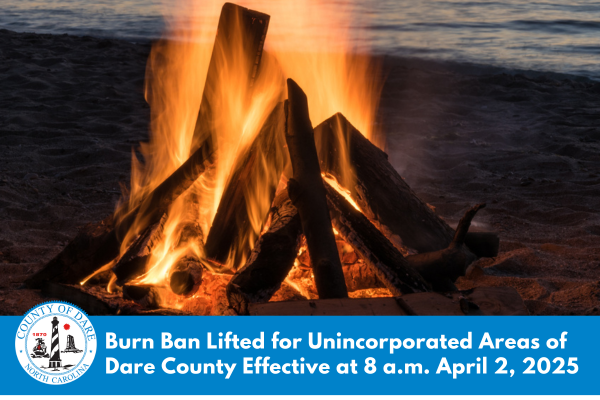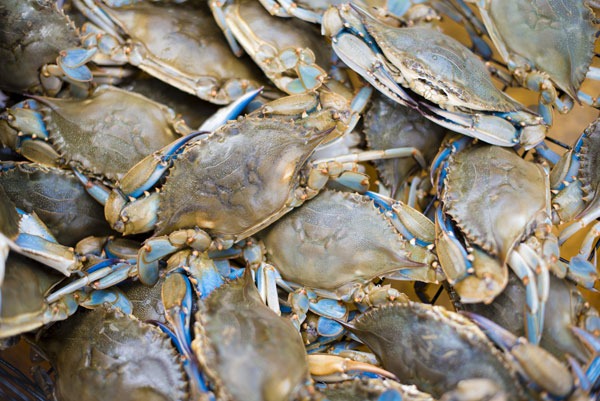Building Connections and Conversations Northwest Atlantic Marine Alliance Visits Hatteras Island
Spending their time talking with locals from all corners of the seafood and fishing industry, the group was on a fact-finding mission of sorts, to discuss current problems that affect the fishing and farming industries on a local – and global – scale.
The Northwest Atlantic Marine Alliance (NAMA) is a fishermen-led organization whose goal is to build a broad movement toward healthy fisheries and fishing communities. Focusing on small and medium scale community-based fishermen, working waterfronts, and local and regional economies, their ambitions tie in nicely with a local effort to preserve Hatteras Island’s centuries of fishing heritage.
Niaz Dorry, Coordinating Director for NAMA and one of the representatives in attendance, had visited Hatteras Island before, bringing equipment all the way from the organization’s home base in Gloucester, Massachusetts, for the Day at the Dock’s inaugural “Seafood Throwdown” event in 2012.
So when friend and colleague Susan West found out about the upcoming two-month tour, formally known as the “American the Bountiful Tour 2018,” she reached out to her old friend to include Hatteras Island as one of the tour stops.
“I worked with Niaz for a long time, and have known her for 20-some years,” said West. “I kept track of what her organization was doing, and collaborated with some folks within the organization on some issues, so it made sense to include Hatteras.”
Per NAMA, the tour’s purpose is to learn what is happening on the ground and in the water in the communities within the National Family Farm Coalition (NFFC) and NAMA’s membership and networks.
“Sometimes we don’t know how we can help until we enter the conversation and we hear from the community what their challenges are,” said Niaz Dorry of NAMA.
But as it turned out, the information sharing and gathering ended up going both ways over the course of the weekend, with multiple ideas being generated, and beneficial connections made.
And the NAMA group had an opportunity to talk with a lot of invested locals during their trip, too.
“Basically, she wanted to hear from communities about their issues and concerns, and [determine] how these organizations might be able to help,” said West. “They parked their RV at Jeffrey’s Seafood in Hatteras village, where fishermen were going in, unloading, and packing out, and they had an opportunity to talk to lots of people on the spot.”
“We couldn’t have asked for anything more,” said Dorry. “It gave us an opportunity to learn what was happening on the ground, and to have access to real experiences. That’s what we were able to have at Hatteras from the gathering at the fish house, and the deep conversations we had [during the weekend.]”
A good chunk of time was spent on the docks of Jeffrey’s Seafood, but the group also made stops at Avon Seafood, Harbor House Seafood Market, and the Cape Hatteras High School to learn about the innovative seafood-based programs there. The crew even made a stop at Albatross Fleet owners’ Lynne and Ernie Foster’s house for a classic seafood dinner with representatives from multiple businesses and organizations, like Outer Banks Catch.
“What they heard [from the people they talked to] was that maintaining a fishing industry on Hatteras Island is not just something that is a concern for commercial fishermen. It’s a concern for everyone. Folks want a working waterfront and the commercial fishing industry to remain part of our island identity,” said Susan West. “How do we do that, and how do we build bridges and alliances with other groups and people working on those same issues?”
Though the conversations varied, there were several key topics that loomed large for all parties throughout the trip – particularly how to help a new wave of younger farmers and fishermen.
“Sometimes people don’t see that similarity between family fishing and family farms, but it’s there,” said West. “The average age of farmers is increasing, and the average age of commercial fishermen is increasing – we call that the ‘graying of the fleet.’”
“The average age of commercial fishermen working in the Pamlico Sound in 2014 was 54 years old. One of the issues that we discussed at length was what can we do to support the next generation of fishermen and farmers? How can we make things easier for them, and pave the way for the new folks who want to get into those businesses?”
Related to this issue, and also a hot topic of conversation, was the growing threat of corporate takeover in the food industry across the board.
“The message we get from government is ‘get big or get out,’” said West, citing recent legislation that authorizes fish farming in coastal waters on a large scale. “Open water aquaculture of that type would not be realistic for any of the fishermen that we know here on Hatteras Island.”
“Basically, it doesn’t do us much good if there’s a lot of seafood on the market, but it all comes from some distant corporation… We want to sustain the resource, but part of this that sometimes gets left out of the equation is sustaining local fishing communities as well.”
The tour stop may have been a fact finding mission for the NAMA and NFFC representatives, but it ended up being beneficial for locals as well. Because of the group’s connections and long history of tackling similar problems in other corners of the country, they were able to bring new ideas on how to boost the island’s seafood industry.
“Niaz and NAMA bring a whole lot of resources to the table, because they know a whole lot about what’s going on, where, and who’s doing it in our industry,” said West. “We have so much access to information now, but still, nothing beats one-on-one conversation, and I think that was really helpful to find where we could go with this idea, or that idea.”
As an example, while the group was talking with Evan Ferguson, the CHSS Food and Nutrition and Marketing Education Teacher who has launched several homegrown programs that focus on fishing and seafood, Niaz offered ideas on similar programs around the country – like a chef from New England who was able to get fresh seafood into local schools.
“Sometimes finding [a solution] is as simple as connecting them with people who will strengthen their work,” said Dorry. “A number of things may require longer planning, but some of it is just connections.”
“I think it’s really good for folks to meet new people who have different perspective, and we really appreciated that Niaz and her folks made the trip to Hatteras Island,” said West. “Having these discussions helped [NAMA] get a better understanding of our community, but it helped us too.”
Hatteras Island was one of the first stops – second only to Washington, D.C. – but it’s certainly not the last for the NAMA and NFFC members. From here, they headed west to the farms of North Carolina, and will continue their travels across the country, with stops in the Midwest, Pacific Northwest, and New England, just to name a few destinations.
But considering the hospitality of Hatteras Island, and the inherent beauty, it’s safe to assume that this first leg of their trip won’t soon be forgotten.
“My role was telling people that Niaz and her group would be here, and inviting them to meet with her at the docks, fish house, and local businesses,” said West. “Sharon Peele Kennedy and Lynne Foster were gracious enough to host food for the group and community members, Evan loved that she could sit down and talk with her, and fishermen and fish house operators were very generous with their time as well. They always are.”
“That’s what’s so cool about Hatteras Island,” she adds. “No matter how busy people are, they make time to talk to people from other places about issues and concerns, hopes and opportunities.”
“This trip was everything we hoped for in terms of what we could learn,” said Dorry. “My hope is that the community also got something out of it, and we can respond to their needs in whatever way it makes sense, and can follow through on what we discussed – it’s not a one-way [situation], and I am very conscious of the fact that we have a to-do list from the community.”








